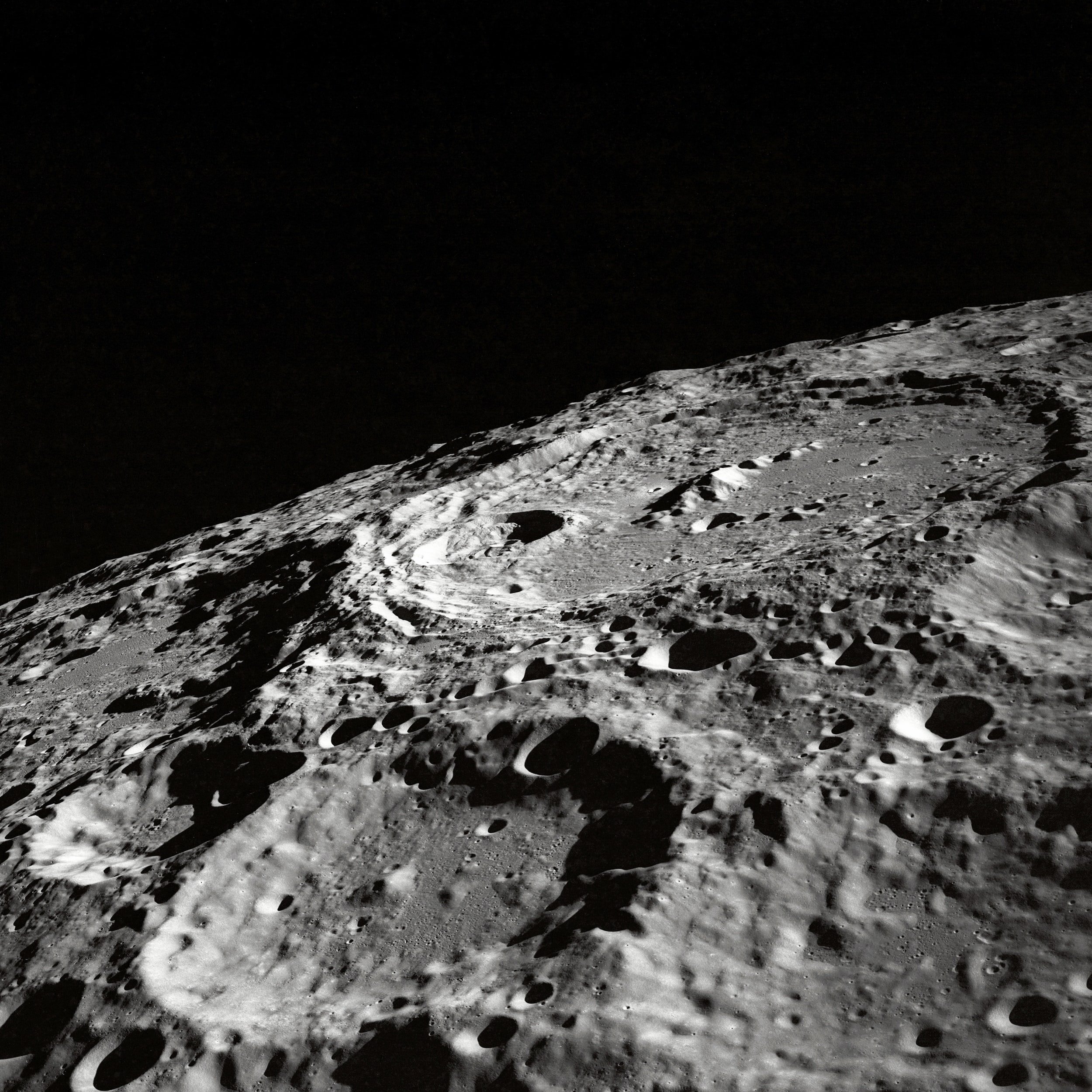Women in Horror Month Fiction: The Galactic Guide to Spines
On Earth, life forms developed spines from one single spined creature. Spines also occurred on Mars, Titan and Proxima Centauri B. Below is The Galactic Guide to Spines (approved abridged version) in the known universe.
Your spine
Human spines and other Earth species evolved from a worm-like creature around 500 million years ago, to one version of the spine; a single row of vertebrae from which limbs, ribs, pelvis all branch. Not to be confused with the true branched spines of the extinct creatures of Mars.
The Spines of Mars
Martian spines are branched. Although the species of Mars are long extinct, we can surmise that a single vertebrae evolved, from which many species evolved their own version of the spine. Martian fossils show that from this common one-vertebrae ancestor, martian creatures grew branched spines. Mars has a lower mass than Earth, so the surface gravity on Mars is less than the surface gravity on Earth. With a lower gravity, the extinct species of Mars evolved hollow bones, a hollow spine, allowing it the freedom to take many forms across species. Three-pronged spines are common in the fossilised remains of Mars’ distant past, but some species were discovered to have as many as eight branches to the spine.
Example - Chamber’s Hooked Arachnid Occisor
Although not an arachnid at all, this creature has a forked spine. The spine branches half way down the creature’s body into two separate spines, which then rejoin to support the heavy mass of its head - used mainly for consuming its prey. The only species rumoured to survive underground on Mars, reports have longed surfaced from outlining Martin-Human colonies of this creature resurfacing annually to feed, bringing devastation to remote Martian colonies.
The Spines of Titan
The species of Titan developed a spine much deeper in the body than all other galactic lifeforms. Astro-biologists theorised that due to the dramatically cold temperatures of Titan, to protect the spine, it made biological sense to keep it from the harsh conditions by having it central in the body, with layers of other mass built round it. This allowed Titan species to have thicker layers of fat to protect from the cold. The low gravity, much lower than Mars and Earth, on Titan allowed further fatty deposits and growth of species. Many visitors are alarmed by Titan’s native resident’s size, but their colossal bulk hides a gentleness that humans favour in pets.
Example - The Greater Cessabit
Most sub-species of Cessabit are larger than an Earth Elephant, but their keenness to bond, and be close to other species, sets them apart as the perfect pet for Human Titan colonists. The heat their fatty bodies emit is enough to heat a small household dome on Titan, hence why most households are also home to The Greater Cessabit. Selective breeding of this species has begun with the first annual breeding Cessabit competition taking place in Titan’s capital this star year.
The Spines of Proxima Centauri B
Arguably the most diverse collection of flora and fauna in the known galaxy, Proxima Centauri B’s larger mass (1.3% larger than our Earth) supports the adaptation of spines from many sources. With the increased gravity, Proxima species have developed different methods, and different materials to support their own mass and bodies. As the planet is tidally-locked, this has given the oceans a chance to develop more diversity than ever seen before. Whilst scientists predict they have only catalogued a mere 0.3% of Proxima underwater species, they have confidently studied 100% of its land creatures. The mass of the planet makes underwater living the easiest means of growing larger whilst avoiding becoming too bulky. The underwater world sees spines made of carbon, silicon, and even metallic elements, all with their own strengths and weaknesses. The overworld sees only three main species, with a further hundred or so subspecies, all with Tungsten, a metallic element, based spines with carbon spinal columns.
Example - Musk’s Metallum Fawn
Musk’s Metallum Fawn is a small herbivore which feeds on algae that forms freely in all bodies of water due to the lack of tidal forces. Thought to have emerged from Proxima B’s waters due to the increased competition for food in the overcrowded environment, Musk’s Fawn adapted an extendable horizontal spine in order to be able to reach further into the water for its food source. The extendable metallic spine, enlarged by an inflating carbon spinal chord, is one of the strongest recorded in intergalactic species and is able to cope with gravity a third heavier than Earth’s own. First colonists to Prox B documented following the Fawn to discover sources of large water masses.
This guide will be updated every 0.0004 star years to reflect the speed in which science colonies are discovering new habitable worlds, new and extinct species, and mutations from highly radioactive planets and moons. Information is due from Kepler-452b and Gliese 667 Cc upon internal approval from their native sapien races.
Joanne writes sci-fi and horror under Joanne Askew, and writes alt-pop music under annie on the run. She achieved Amazon Best-Seller ranking for her inclusion in Unburied, an anthology of queer horror, and was featured on BBC Introducing for her song Deep Green. Her EP, The Summer is Dead, is out now.





